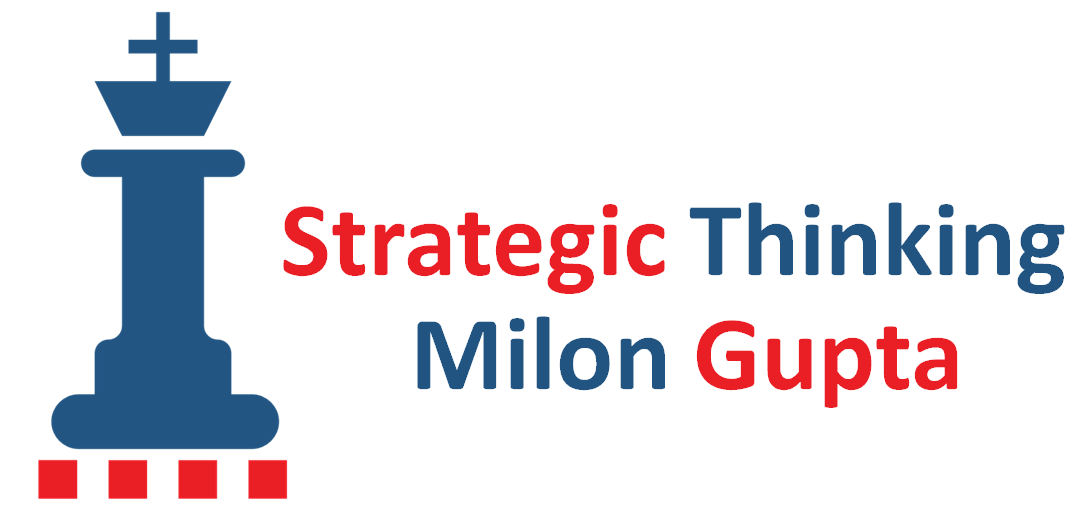Ever more companies are committed to sustainability and are pursuing ambitious sustainability goals. Many even have a sustainability strategy. There is, however, often a clear gap between ambitious goals and their implementation. That is, because in addition to a good sustainability strategy, sustainable corporate management is also required to successfully implement the strategy.
That sounds easier than it is: The change from traditional to sustainable corporate management is a fundamental cultural change that is associated with resistance. After all, many companies with traditional corporate management have been economically successful for many years. However, anyone who wants to future-proof their company should consistently drive the change to sustainable corporate management.
Fundamental differences between traditional and sustainable corporate management
There are some fundamental differences between traditional and sustainable corporate management. They are less about management methods, but mainly about different perspectives and attitudes with regard to resources, value creation and time horizons.
Traditional corporate management
Traditional corporate management usually focuses on:
- Profit maximization: The primary focus is on increasing company profits.
- Efficiency and productivity: Optimizing processes to reduce costs and increase productivity.
- Short-term goals: Decisions are often made primarily with a view to short-term, financially measurable successes.
- Resource use: Natural resources are often used without considering future availability, environmental impacts and social impacts.
Sustainable corporate management
Sustainable corporate management, on the other hand, emphasizes:
- Long-term value creation: The goal is to develop and implement business models that create lasting value for society and the company within planetary boundaries.
- Resource conservation: In all phases of production and service provision, the focus is on the careful use of renewable resources wherever possible.
- Social responsibility: The company’s responsibility goes beyond internal stakeholders and also takes into account the impact on external stakeholders such as customers, suppliers and local communities.
- Environmental and climate protection: All company activities integrate practices that serve to reduce the ecological footprint and decarbonize in the sense of active climate protection.
The 5 key elements of sustainable corporate management
The proposed 5 key elements of sustainable corporate management are based on the classic management functions according to Mackenzie: planning, organization, personnel deployment, direction and control.

1. Plan with foresight
Farsighted planning includes:
- Long-term goal setting: developing plans that contribute to achieving the company’s long-term goals.
- Active risk management: identifying environmental and social risks in the value creation process and planning appropriate countermeasures.
- Stakeholder engagement: involving all relevant stakeholders in the planning process, for example as part of a double materiality analysis.
2. Organize processes in a resilient and resource-effective manner
A sustainable organization is characterized by resilient and resource-effective processes. This includes, among other things:
- Efficient and effective use of resources: implementing processes to reduce resource consumption and increase resource productivity. This specifically includes innovations for the circular use of materials.
- Resilient, sustainable supply chains: Avoid one-sided dependence on a few suppliers and ensure that all suppliers and business partners use sustainable practices.
- Agile process design: The dynamic changes in competitive conditions and the market situation require the organizational ability to adapt processes agilely and flexibly to new circumstances.
3. Deploy staff meaningfully and fairly
Sustainable deployment of staff includes:
- Fair and healthy working conditions: Employees are paid appropriately and work under time and space conditions that maintain their mental and physical health.
- Continuing education and development: The personal and professional development of employees is continuously promoted through individually tailored training offers and career opportunities.
- Diversity and inclusion: Promote a diverse and inclusive work environment.
4. Direct based on values
All those who perform leadership functions in the company should orient themselves towards the company’s sustainability goals and values. This includes:
- Role-model function: Managers model value-oriented behavior and encourage corresponding behavior among employees in their area.
- Integrity: Managers are honest in their decisions, which means they act in accordance with their values and do what they say.
- Open communication: Managers communicate openly about problems, solution options and decisions. They promote an open, appreciative dialogue with and between employees in their area about all aspects of the joint work, including potential conflicts.
5. Diligently control results
In order to effectively manage the company’s progress towards its sustainability goals, diligent and continuous controlling based on meaningful performance indicators is required. This includes, among other things:
- Sustainability indicators: Indicators for measuring the company’s sustainability performance are defined in the planning phase and then regularly recorded and analyzed.
- Transparency: The company management regularly reports internally and externally on progress and challenges on the way to achieving the sustainability goals and other corporate goals.
- Feedback mechanisms: Controlling of processes and results should extend beyond a small circle of managers and controlling experts. To ensure that all employees can contribute, it is sensible to implement systems for collecting and processing feedback for the purpose of continuous improvement.
The transition to sustainable corporate management
The transition to sustainable corporate management can be challenging, but it is crucial for the company’s long-term success. The starting point of every company is different and requires an individually adapted approach. In general, the following steps have proven to be effective:
- Integration of sustainability into the corporate strategy: As part of strategy development, top management should reflect and define the company’s values, mission and vision. Building on this, the next logical step could be to anchor sustainability as a core component of the corporate strategy and to take concrete steps in accordance with the outlined 5 key elements, in order to operationally advance sustainable corporate management.
- Early involvement of employees: Every step on the way to sustainable corporate management should take place in dialogue with employees. This could be done through surveys and workshops in which employees can contribute their ideas. Potential resistance, for example due to conflicts of values or goals, can be identified in good time and resolved through dialogue.
- Empowerment of managers and employees: Sustainable corporate management requires managers and employees to develop new attitudes, skills and behaviors depending on the starting point. These will not be there at the push of a button, but should be developed continuously, for example through workshops and coaching. In order to give this development a boost, it can be useful to get qualified external support.
Companies that are looking for competent support on their way to sustainable corporate management are welcome to arrange a free initial consultation with me.
Conclusion
Sustainable corporate management is the prerequisite for the successful implementation of sustainability goals. And only companies that set ambitious sustainability goals and achieve them will be competitive in the long term. For the future viability of companies, it is therefore crucial not only to develop a sustainability strategy but also to consistently drive the 5 key elements of sustainable corporate management.

